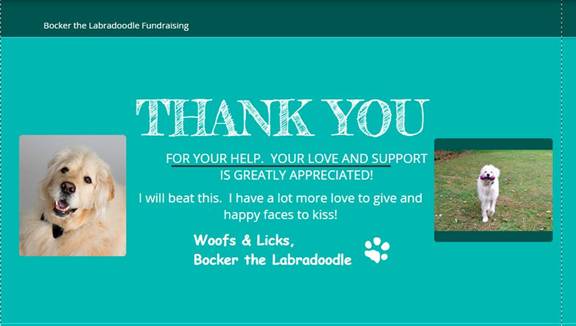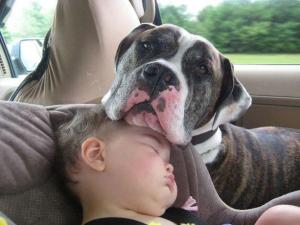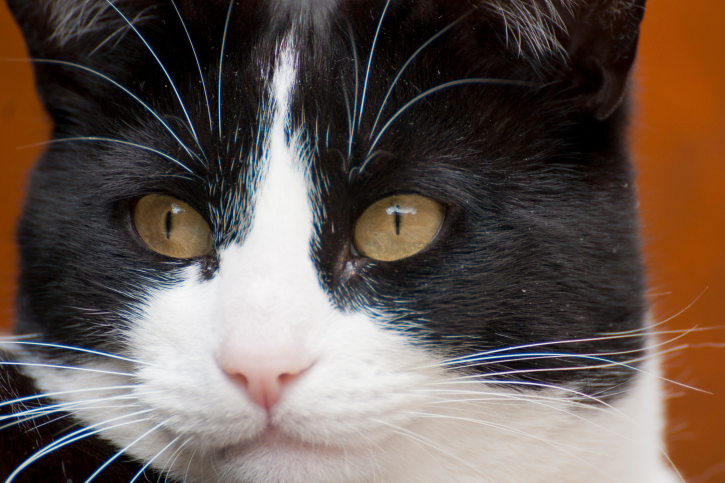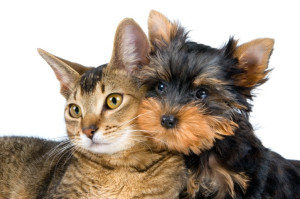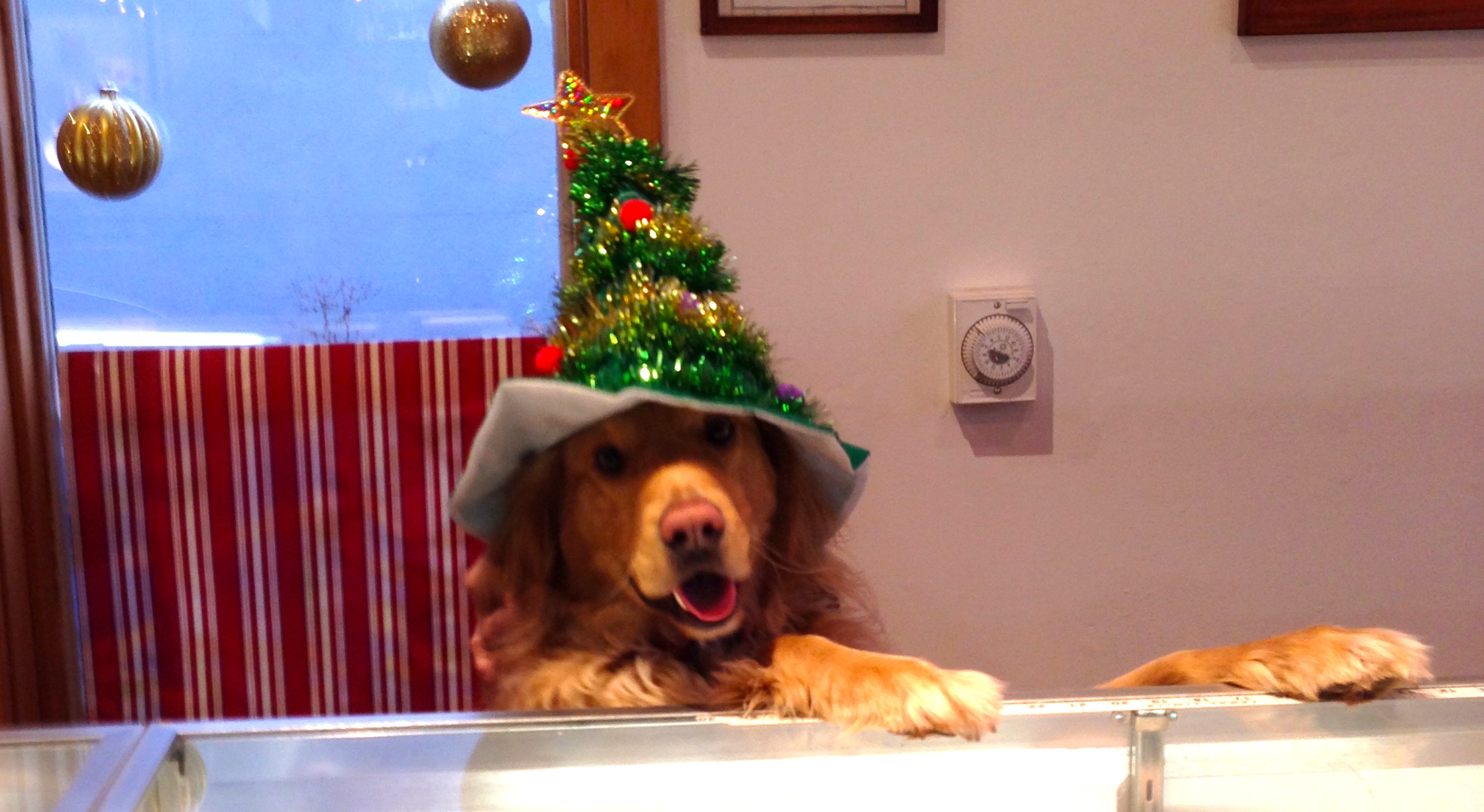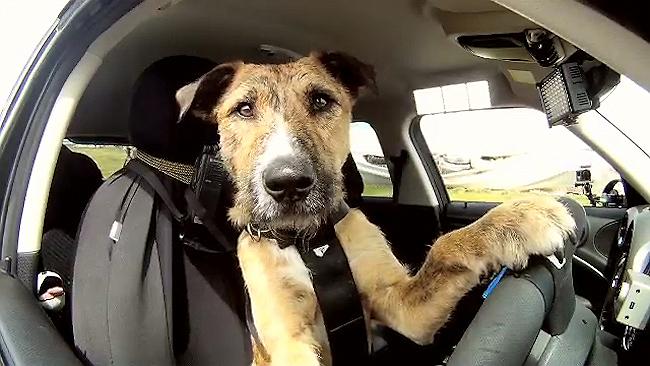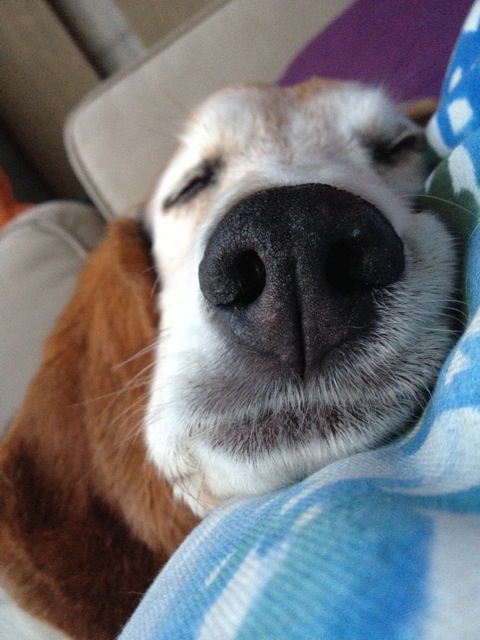
Discoid Lupus and Your Dog’s Nose
I love returning home everyday. Of course, we all eagerly await the end of a long workday when we finally kick off our shoes and relax but that’s not why I love unlocking my front door. No, I love arriving home because I am greeted with tail wags and happy dancing feet and sloppy kisses and more love than I could ever deserve. After all joyous “welcome home” elation dissipates, my sweet Aussie inquires, “what did you do today?” The details of my lunch date, morning meeting and afternoon coffee are revealed as Glory carefully and methodically sniffs my shoes, my clothes, my handbag and just about anything else she can get her nose on. Her nose is a portal into my day. In a few moments, she knows where I’ve been, who I’ve seen, what I ate and most importantly, if I saw OTHER dogs.
Dogs interpret the world through their noses. And their noses need care. Discoid Lupus is just one of the immune conditions affecting our dog’s most important communication tool . . . their noses.
What is Discoid Lupus? Discoid Lupus is a condition similar to Lupus where the body’s own immune system begins to attack the DNA in the body. Discoid Lupus is usually limited to a dog’s nose, primarily on the nose leather, however it is also seen in the ears and inside the mouth.
When a dog has Discoid Lupus, the coloration of the nose fades as the nose leather loses pigmentation. As the condition worsens, the nose becomes cracked and scaling on the skin occurs. Eventually, the condition causes the nose to ulcerate which is extremely painful for the dog.
Traditional treatments can include vitamin E and refraining from sun exposure since UV lights can worsen symptoms or cause a flare up. However, both traditional therapies have their shortcomings. Vitamin E by itself simply does not possess enough healing power to soothe sore skin and correct the degeneration of nose leather associated with Discoid Lupus. A natural product that contains various healing, moisturizing and carrier oils, like hempseed oil, shea, jojoba and sweet almond oil is ideal.
Furthermore, lack of sun exposure can deplete vitamin D which is an essential hormone that regulates the immune system. Supplementation with liquid vitamin D3 could prove highly beneficial.
For those dogs that will be exposed to the sun, a product with sun protection is vital and natural protection is always better, since synthetic products contain harmful chemicals. Kukui oil is a natural skin protector from the sun that has been used by Hawaiians for centuries.
Lola and Ralphie are two sweet pups suffering from Discoid Lupus. Check out their stories below.
Lola’s Story:
My 8 year old Rhodesian Ridgeback, Lola was diagnosed with discoid lupus which affected her mucous membranes – particularly the nose. She was treated with all kinds of medications but nothing ever worked, she always had lesions there. I tried the Snout Soother and the results were fantastic, you can view on my website! I started in February and within two months the stuff was gone. I am also using this stuff on an older girl’s nose who is suffering from hyperkerotosis.
Alice Caplinger
www.kodaridgebacks.com
Ralphie’s Story:
“I just wanted you to know how much better Ralphie’s nose looks since we tried your Snout Soother. Ralphie is a Great Pyrenees and his nose is both pink and black. We live at a high elevation and Ralphie sometimes would get sunburn on his nose. So after a couple of sunburns the vet recommended we use Water Babies sunscreen for kids. Ralphie absolutely hated this idea. He ran from me like crazy whenever he saw the pink bottle. When I did get to put it on his nose it irritated the heck out of it. So between the sunburns and the allergic reaction to the commercial sunscreen his nose was toast. The minute I put the snout soother on Ralphie’s nose I noticed a difference and in the few weeks I have used it. His nose is no longer rough and has begun to heal. It is smooth and I am so happy he is getting the sunscreen protection he needs. I want to thank you but most of all Ralphie wants to thank you . . . look at his happy nose, and what a nose it is. I hope you keep making your great product.
– Kristine Zanno
www.kristinezanno.com
A dog’s snout is their door to the rest of this big wide smelly world. Be mindful of caring for this important (and cute) part of their body. Try treatments like Snout Soother (available here) if your pup simply has a dry nose, needs sun protection, or suffers from more serious conditions like Discoid Lupus.
Long live wet dog noses!


